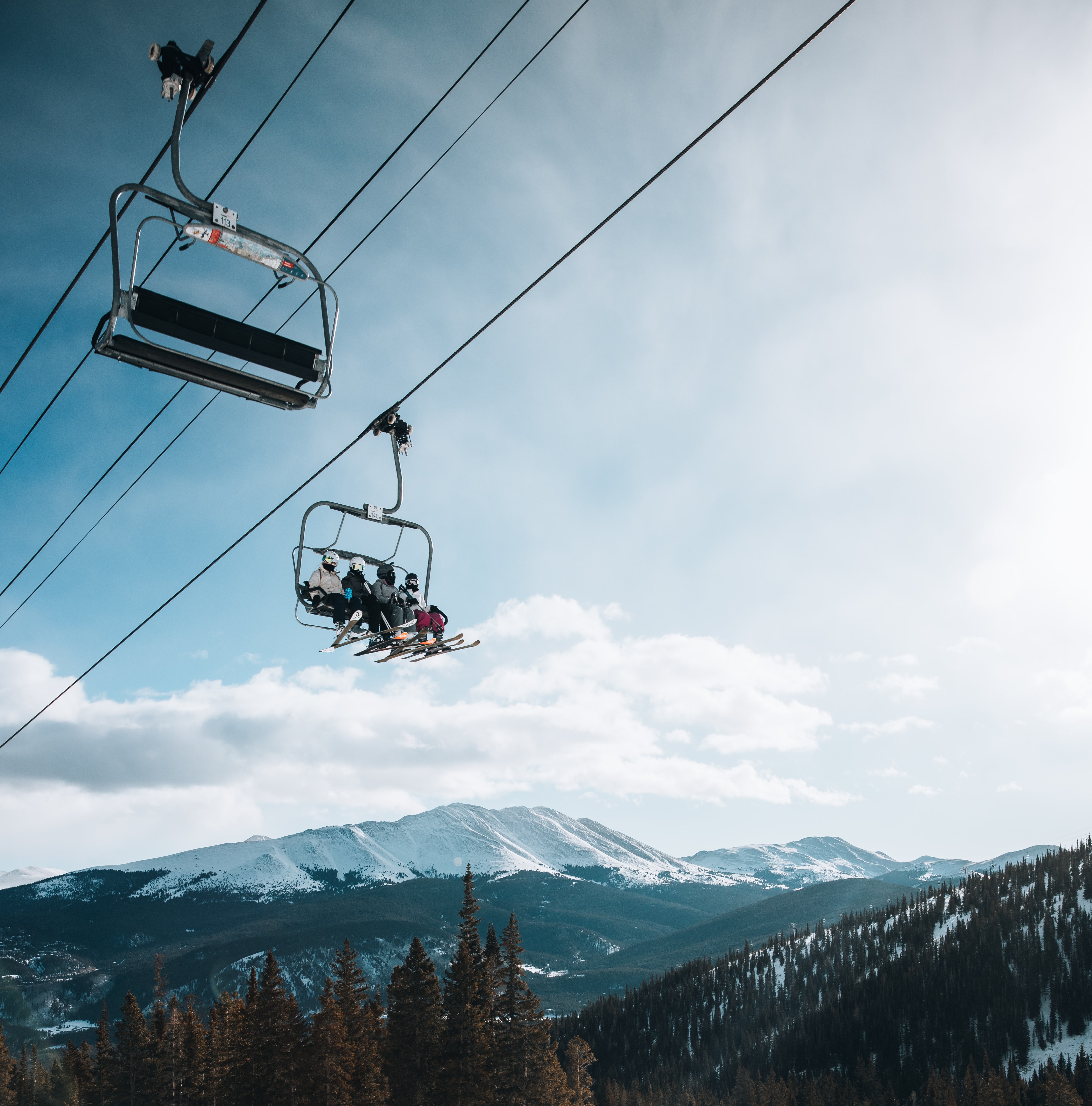
Jenn calls me the water police on most of our high altitude trips. But, guess what? I wear the badge with honor! Altitude sickness is no joke, and if you’re not prepared for what can happen to your body at high elevations, your vacation might consist of headaches, shortness of breath and walk-in clinics. We know, we’ve been there!
On one of our first trips to Colorado, we flew from Miami (sea level) to Denver (5,280 feet) in the morning, then drove from Denver to Grand Lake (8,369 feet) in the afternoon. By the time we unloaded our luggage and checked into the Airbnb, Jenn had become fatigued, nauseous and had a pounding headache.
We went to a walk-in clinic and, after hearing how we traveled, the pharmacist immediately diagnosed Jenn with altitude sickness. Altitude sickness occurs when you travel to high altitude (usually 8,200 feet) too quickly. There are different levels of severity, but altitude sickness can become life-threatening if ignored.
The pharmacist offered some medication, but said that it wouldn’t kick in for a few days, and that Jenn was better off just drinking water – a ton of water! Jenn was able to take something for the headache and she started drinking water nonstop. I always drink water nonstop so I was hydrated enough to enforce the law!
Luckily, after about 24 hours, Jenn was feeling like herself again and we were able to get back on track with our itinerary. Knowing firsthand how dangerous Altitude Sickness can be, we wanted to share some things that we do that might help you prevent altitude sickness …
1. Let Your Body Get Acclimated to the Altitude
For example: when we are visiting a Colorado mountain town like Breckenridge or Grand Lake, we take an evening flight into Denver and stay there for a night. This gives our bodies a chance to adapt to the altitude at 5,280 feet instead of racing up to the elevation where Altitude Sickness might occur.
2. Drink Plenty of Water
It’s not only a remedy, it’s a means of prevention. At high altitudes, our bodies get dehydrated twice as fast during the respiratory process. The pharmacist actually advised Jenn to keep drinking water, even if she didn’t feel thirsty. At high altitudes, you may also go to the bathroom more often and not feel as thirsty. But, water is a must! Our go-to move when visiting somewhere with high elevation is to get our bodies ready by drinking extra water on the days leading up to our trip and drinking water regularly throughout our travels.
3. Take it Slow
If you don’t have a chance to follow step 1, just take it slow (at least on your first day). Stay hydrated and be cognizant of how you’re feeling. Don’t go from sea level to 8,200+ feet and start snowboarding right away; let your body adjust for 24 hours and then enjoy yourself and your trip.




